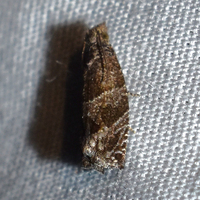
| Recorded by: David George, Stephen Dunn, Jeff Niznik on 2023-08-18
Caswell Co.
Comment: Tentative id (not based on genitalia). | 
| Recorded by: Gary Maness on 2022-07-14
Guilford Co.
Comment: |

| Recorded by: Gary Maness on 2022-07-14
Guilford Co.
Comment: | 
| Recorded by: Simpson Eason on 2021-08-17
Durham Co.
Comment: |

| Recorded by: Gary Maness on 2020-08-30
Guilford Co.
Comment: | 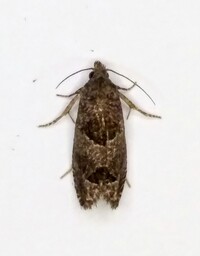
| Recorded by: Gary Maness on 2020-08-30
Guilford Co.
Comment: |
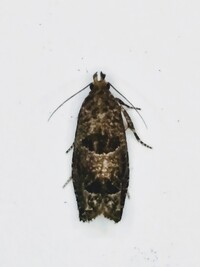
| Recorded by: Gary Maness on 2020-08-11
Guilford Co.
Comment: | 
| Recorded by: Gary Maness on 2020-08-04
Guilford Co.
Comment: |
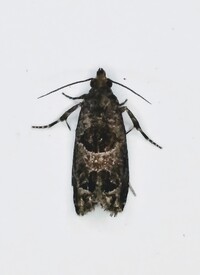
| Recorded by: Gary Maness on 2020-08-04
Guilford Co.
Comment: | 
| Recorded by: Gary Maness on 2020-07-30
Guilford Co.
Comment: |

| Recorded by: Gary Maness on 2020-07-30
Guilford Co.
Comment: | 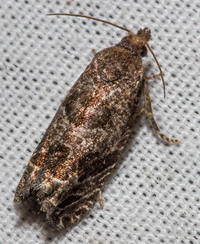
| Recorded by: Steve Hall on 2020-07-27
Orange Co.
Comment: |
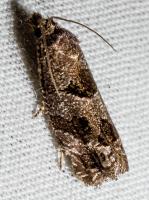
| Recorded by: Steve Hall on 2020-07-02
Orange Co.
Comment: | 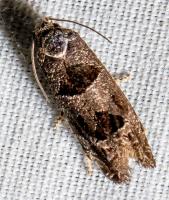
| Recorded by: Steve Hall on 2020-07-02
Orange Co.
Comment: |

| Recorded by: Darryl Willis on 2020-05-30
Cabarrus Co.
Comment: | 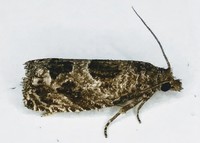
| Recorded by: Gary Maness on 2019-08-25
Guilford Co.
Comment: |
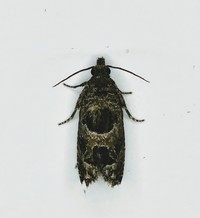
| Recorded by: Gary Maness on 2019-08-25
Guilford Co.
Comment: | 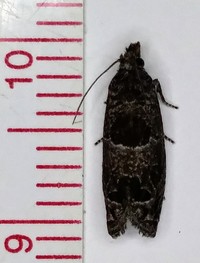
| Recorded by: Gary Maness on 2019-08-10
Guilford Co.
Comment: |

| Recorded by: Gary Maness on 2019-08-10
Guilford Co.
Comment: | 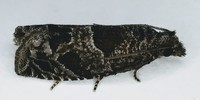
| Recorded by: Gary Maness on 2019-08-07
Guilford Co.
Comment: |
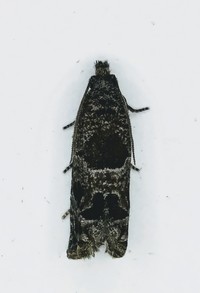
| Recorded by: Gary Maness on 2019-08-07
Guilford Co.
Comment: | 
| Recorded by: Gary Maness on 2019-07-25
Guilford Co.
Comment: |
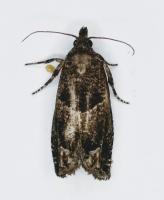
| Recorded by: Gary Maness on 2019-07-25
Guilford Co.
Comment: | 
| Recorded by: Gary Maness on 2019-07-25
Guilford Co.
Comment: |

| Recorded by: Gary Maness on 2019-07-07
Guilford Co.
Comment: | 
| Recorded by: Gary Maness on 2019-07-07
Guilford Co.
Comment: |

| Recorded by: Gary Maness on 2019-07-07
Guilford Co.
Comment: | 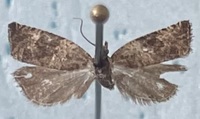
| Recorded by: Darryl Willis on 2015-05-06
Cabarrus Co.
Comment: |
|

 »
»



 »
»

